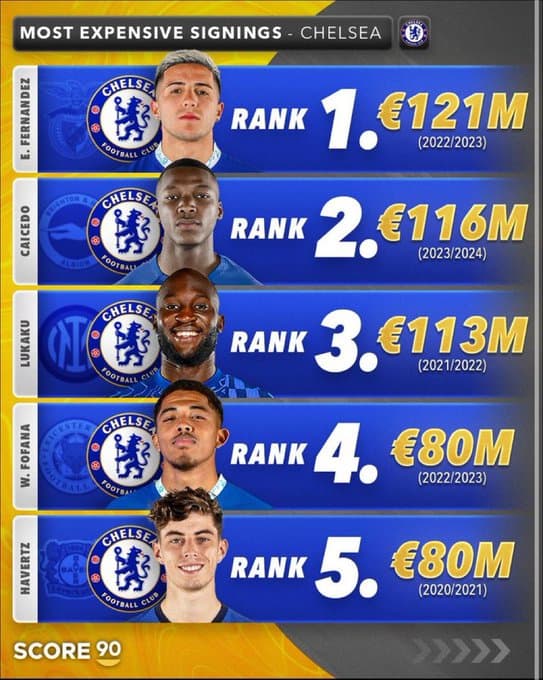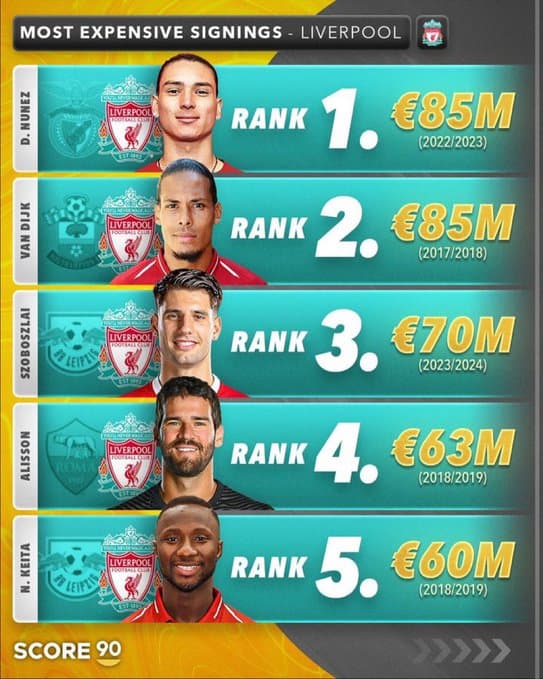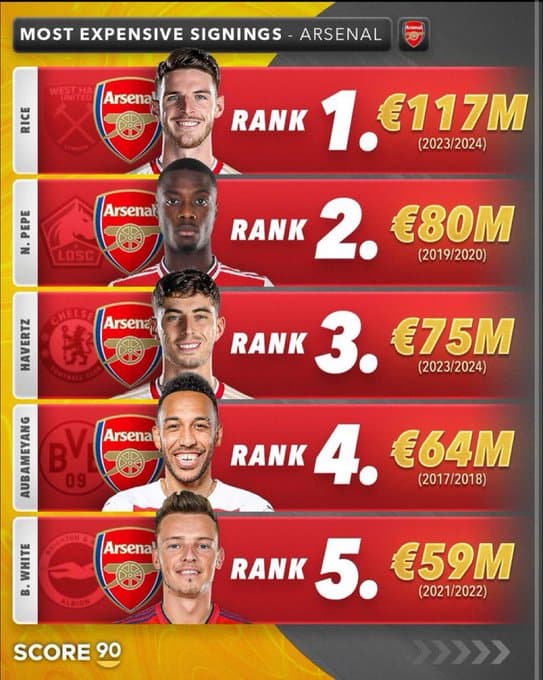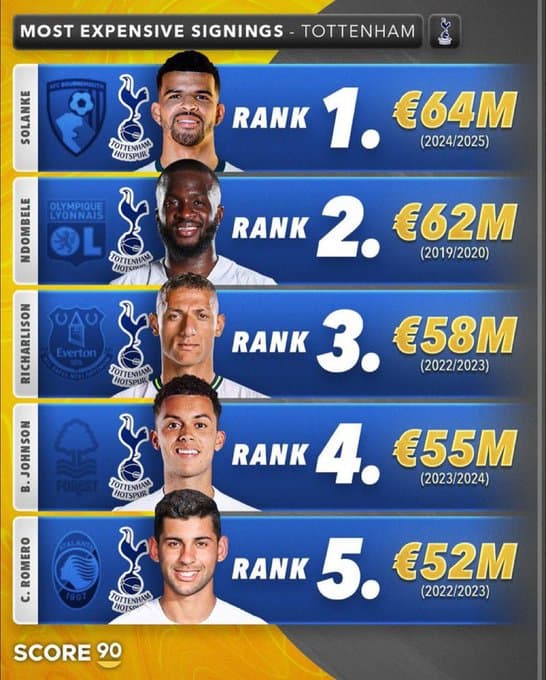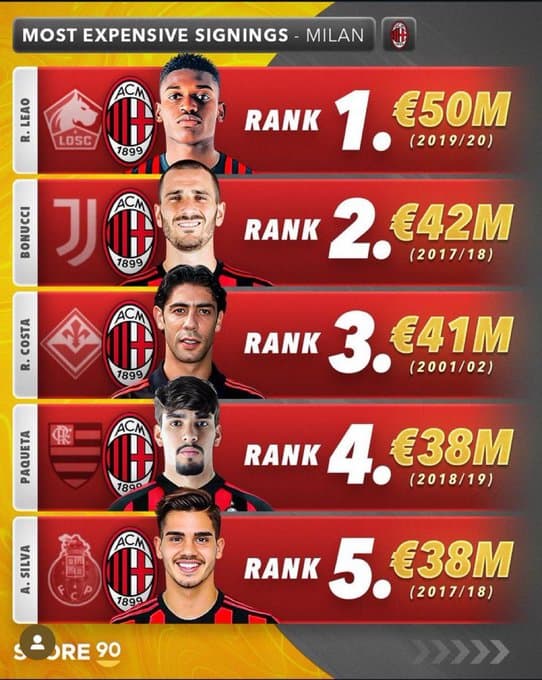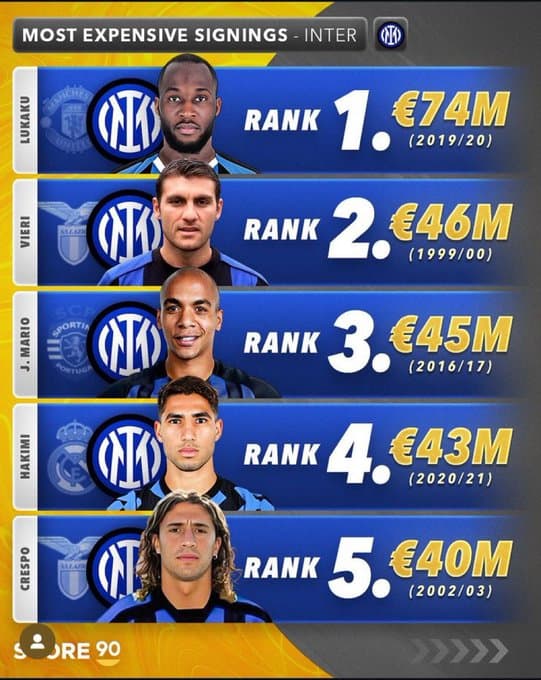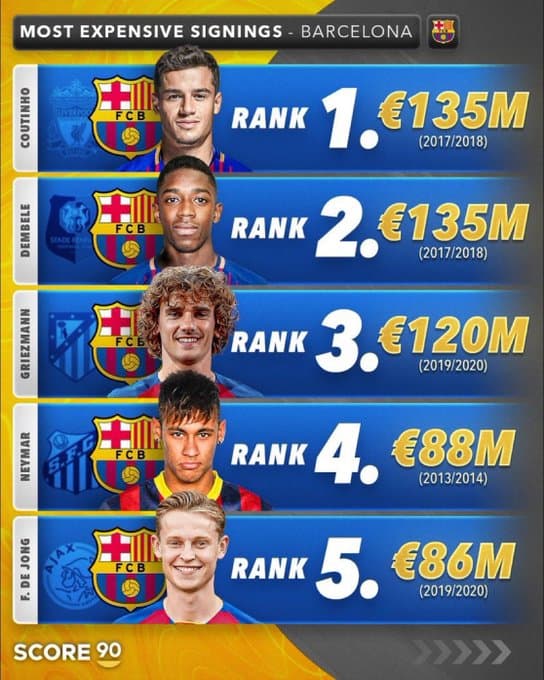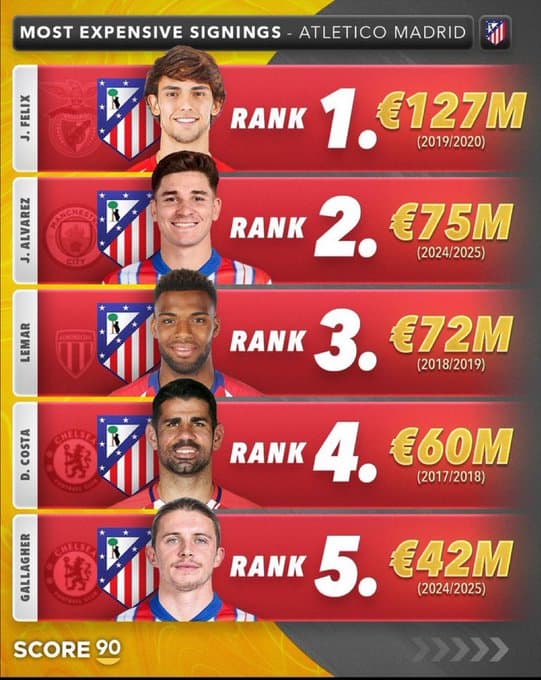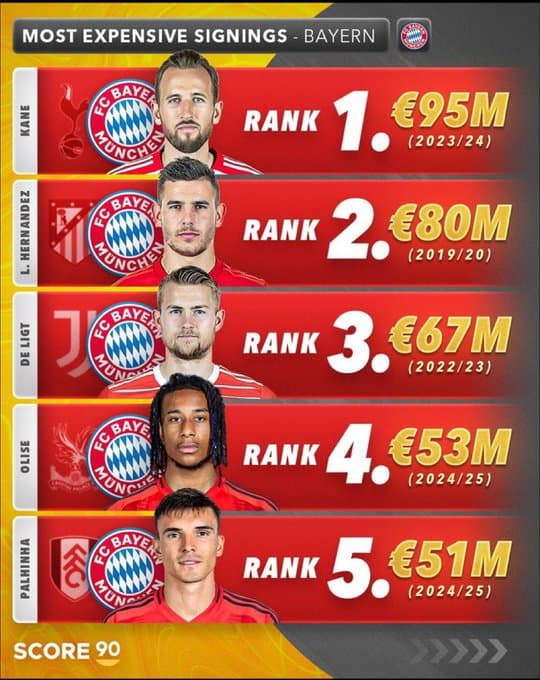Not sure the figures in this article are correct - It states, clubs are allowed a 2.4m vertical drop across a 100m stretch (or length of the pitch)…! Can’t imagine what the slope in this ground is to get a 6point deduction for it being outside the rules 
Club deducted points due to slope on the pitch - Whatever next?
Deducting points due to a club having too much of a slope on their football pitch, whatever next?
Yet, this is what I have been reading (see below) on the BBC Sport site.
The report detailing that ‘Scottish League Two club Bonnyrigg Rose have been deducted six points – because of the slope on their New Dundas Park pitch.’
The Scottish club having admitted the ‘offence’ and now launching a crowdfunding appeal to sort their pitch out, have it meet the requirements for that league/level.
The report doesn’t mention exactly what the allowed pitch slope is in that league.
However, it does all sound a bit extreme and over the top, when you are talking about a club that only gets hundreds (approx 600) to watch their team play.
When I was a kid at Junior/Primary school, we played our home matches at the pitch used by the Sunday morning local pub/club teams in our village. Honestly, the slope on that pitch was shocking, looking back, the slope was so extreme that with only the smallest of breezes behind it, it was more than possible the ball could have rolled down the full length of the pitch into the ‘bottom’ goal without anybody kicking it. Plus, at the bottom goal, your 10 year old five ft tall goalkeeper had the added problem that if they stood on the line in the middle of the goal, there was an extra hollowed out bit which took them down probably another foot or so, caused by ‘not lightweight’ adult keepers stomping around.
Back to this Scottish club though and modern day rules.
I don’t know what the ‘bronze level’ (see below) pitch slope rule is.
However, I did find online that the English FA rules apparently say that ‘The maximum slope allowable shall not exceed an even gradient of vertical to horizontal 1: 41 in any direction.’…
I assume this is the maximum slope for any club’s pitch at any level. Well, certainly professional/semi-professional football at least in England.
That 1: 41 is equal to around 2.44%, which means that for every 100 metres along a pitch, there can be no more than a vertical drop of about 2.44 metres.
So for round figures, around two and a half metres from one end to the other.
As all Newcastle United fans know (or should do), the St James’ Park pitch has a slope.
Work was done at some time in more recent decades, can’t remember exactly when, but previous to that I’m sure it was something ridiculous like five metres, dropping from Leazes to Gallowgate. The work done meant that I think now it is ‘only’ around two metres, within the FA guidelines.
Certainly in recent years/decades, we have all become used to Newcastle United kicking from the Gallowgate to the Leazes in the first half (up the slope!), so they can head ‘down the slope’ in the second half, heading down the hill from the Leazes to Gallowgate.
Whether it is due to the slope or not, we have increasingly seen away sides force Newcastle to kick towards the Gallowgate first half, if winning the toss.
However, I think this is a pretty common thing, as most (all?) teams have a favoured way of playing at home, wanting to kick a certain way in the first and second halves. The opposition liking to mess with that if possible.
BBC Sport report – 12 November 2024:
Scottish League Two club Bonnyrigg Rose have been deducted six points – because of the slope on their New Dundas Park pitch.
And the Midlothian club has launched a fundraising campaign to pay for resurfacing works.
It follows a Scottish Professional Football League disciplinary tribunal at which the governing body said the club admitted the rule breach.
Because of their pitch’s gradient, the Scottish FA in September downgraded the club’s licence to entry level from bronze level – a minimum requirement for the SPFL.
Bonnyrigg have been deducted six points, warned about their future conduct and now must provide details by 31 January of funding arrangements and a programme of works to allow pitch levelling works next summer.
It means Bonnyrigg drop four places from fourth to third bottom, still two points above Clyde and Forfar Athletic.
Appealing for donations, the club said on X: “The Rosey Posey, the heartbeat to our community, needs your help.
“We are fundraising to help towards levelling the pitch as well as improve draining, etc., to ensure compliance with league membership.”
Bonnyrigg won promotion to League 2 in 2022 after winning the Lowland League and finished eighth of the 10 teams last season.’




